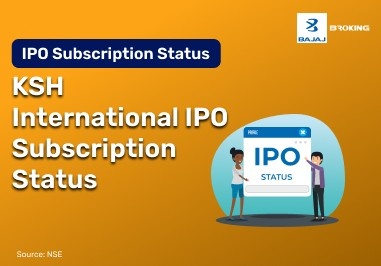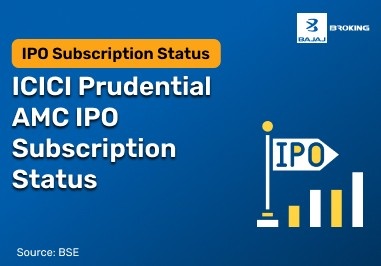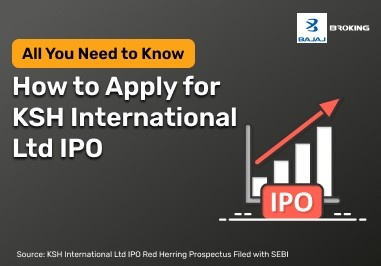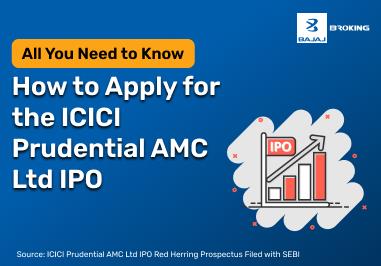The breakeven point represents the stage where a business's revenues equal its costs, resulting in neither profit nor loss. It serves as a benchmark in financial planning and analysis, helping stakeholders identify the minimum performance needed to avoid losses. This concept plays a vital role across sectors, from business strategy to trading decisions.
A clear understanding of the breakeven point helps managers determine when their product or service will start generating economic benefits. In trading, it marks the price at which an asset must be sold to cover all associated costs. By integrating it into operational and financial plans, both businesses and investors can make more informed decisions.
Understanding Breakeven Point
The breakeven point refers to the level of output or sales at which total revenue equals total cost. Beyond this point, any additional revenue contributes to profits. Below it, the business experiences a loss. It can be calculated in terms of units or sales value and varies depending on fixed and variable costs.
In business operations, fixed costs remain constant regardless of production levels, while variable costs change in proportion to output. These elements influence how quickly a business can reach its breakeven threshold. For traders, the breakeven point is the price at which the cost of purchasing and selling an asset is covered.
Understanding what is breakeven point is offers clarity into operational efficiency, helping companies streamline costs and forecast sales targets. It's essential for pricing strategies, cost control, and investment assessments. Businesses that regularly monitor their breakeven metrics are better positioned to adjust to market shifts.
Importance of Breakeven Analysis in Business Planning
1. Sets Clear Financial Targets
Break-even analysis helps businesses calculate the exact amount of sales needed to cover all fixed and variable costs. This ensures they understand the minimum performance required to avoid losses and remain financially viable.
2. Informs Pricing Strategies
By analyzing how different price points affect revenue and costs, break-even analysis enables companies to set pricing that balances competitiveness with profitability. It highlights how cost increases or price reductions impact margins.
3. Enhances Budgeting and Forecasting
Incorporating both fixed and variable costs, break-even analysis improves financial planning by aligning budgets with realistic sales goals. It ensures that forecasts reflect actual operational cost structures.
4. Supports Strategic Decision-Making
Whether it’s expanding operations, launching a new product, or cutting expenses, break-even analysis offers a data-driven foundation for evaluating the financial implications of key business decisions.
5. Promotes Operational Efficiency
By pinpointing cost-heavy areas and inefficiencies, break-even analysis motivates businesses to streamline operations. It highlights unnecessary expenses that may be reducing overall profitability.
6. Evaluates Project Feasibility
Before committing resources to a new initiative, break-even analysis helps determine whether the anticipated sales volume will generate sufficient revenue to cover associated costs and deliver profits.
7. Facilitates Risk Management
When entering new markets or scaling up, businesses can use break-even analysis to assess financial risks. It identifies how much cushion exists between costs and projected sales to withstand market uncertainties.
8. Drives Goal-Oriented Planning
Break-even points serve as concrete benchmarks for setting and tracking sales and profitability goals. They provide a clear framework for measuring progress and aligning efforts across teams.
9. Enhances Communication with Stakeholders
Investors, lenders, and partners often seek proof of financial viability. Break-even analysis serves as a compelling tool to demonstrate the business's ability to cover costs and generate financial gains under various scenarios.
10. Assists in Cash Flow Management
Understanding when a business will break even allows for more accurate planning of cash inflows and outflows. This foresight helps prepare for shortfalls and manage surplus capital effectively.
Essential Elements of the Break-Even Point
Fixed Costs:
These are expenses that do not change with production levels, such as rent, salaries, and insurance. They must be covered regardless of output.
Variable Costs:
The volume of production affects these expenses. Raw materials, direct labor, and shipping costs are a few examples.
Selling Price per Unit:
This is the amount charged to customers for each unit sold. It directly affects the contribution margin.
Contribution Margin:
Calculated as Selling Price minus Variable Cost per Unit, it represents the amount each unit contributes toward covering fixed costs.
Break-even Volume:
This indicates how many units must be sold to cover all costs. Beyond this point, profits begin.
Total Revenue:
The total income from sales, calculated as selling price multiplied by units sold, before subtracting costs.
Breakeven Formula
The formula of breakeven in units is:
Break-even Point (Units) = Fixed Costs / (Selling Price per Unit - Variable Cost per Unit)
This difference in the denominator is known as the contribution margin per unit. Alternatively, for sales value:
Break-even Point (Sales ₹) = Fixed Costs / Contribution Margin Ratio
How to Calculate the Breakeven Point?
Calculating the breakeven point involves identifying key cost and revenue components. Here is a step-by-step method:
Determine Fixed Costs:
Include rent, salaries, utilities, etc.
Identify Variable Costs per Unit:
Include material, labor, and direct costs.
Set Selling Price per Unit:
Decide the price at which the product is offered.
Calculate Contribution Margin:
Selling Price - Variable Cost per Unit.
Apply the Formula:
Break-even Point (Units) = Fixed Costs / Contribution Margin
Example:
Fixed Costs = ₹50,000
Selling Price = ₹500/unit
Variable Cost = ₹300/unit
Contribution Margin = ₹200
Break-even Volume = ₹50,000 / ₹200 = 250 units
To calculate in revenue terms, first find the margin ratio:
Contribution Margin Ratio = Contribution Margin / Selling Price = 200 / 500 = 0.4
Break-even Sales = ₹50,000 / 0.4 = ₹125,000
By using both methods, businesses can understand how many units must be sold or how much revenue is required to break even.
Benefits of Breakeven Point
The breakeven point plays a significant role in evaluating business sustainability. It provides clarity on how cost structures and pricing affect profitability. Below are the benefits of the same:
Set Realistic Sales Goals:
Identifying the breakeven volume helps define the minimum required sales for viability.
Improve Financial Planning:
Enables precise forecasting of income needed to cover expenses.
Support Product Viability Assessment:
Helps determine whether a product is worth launching based on its ability to break even.
Monitor Business Performance:
Regularly tracking breakeven figures can reveal operational health and highlight issues early.
Control Costs More Effectively:
Encourages proactive management of overheads and production-related expenses.
Evaluate New Investments:
By identifying breakeven levels for new projects, decision-makers can assess feasibility.
Aid in Setting Pricing Structures:
Establishes how pricing changes impact the time to breakeven.
Limitations of Breakeven Point
Price Stability Assumption:
Assumes constant selling price, which may not align with competitive or dynamic pricing environments.
No Inventory Consideration:
Ignores the impact of unsold inventory, spoilage, or shrinkage.
Oversimplified Cost Behavior:
Treats costs as strictly fixed or variable, which may not hold true in complex scenarios.
Single Product Focus:
Becomes complicated and less accurate in multi-product businesses.
Excludes External Influences:
Fails to consider market volatility, inflation, or changes in demand.
Ignores Sales Mix Variations:
Assumes the same proportion of sales for every product.
Relies on Accurate Data:
Incorrect input can produce misleading breakeven figures.
Does Not Factor Time:
Lacks consideration of how long it takes to reach the breakeven level.
Unsuitable for Service-Based Models:
Challenging to apply in service models with variable labor and non-tangible costs.
Static Model:
Lacks flexibility to adjust for real-time business changes.
Stock Market Breakeven Points
In the stock market, a breakeven point is the price at which an investor neither earns a profit nor incurs a loss after considering all associated costs. For example:
Stock Trades:
The breakeven point includes the purchase price plus all brokerage and regulatory charges.
Call Options:
The breakeven price is the strike price plus the premium paid.
Put Options:
The breakeven point is the strike price minus the premium paid.
Knowing the breakeven levels in trading helps investors set realistic price targets. It also aids in analyzing whether expected financial benefits justify the associated transaction costs. Misjudging breakeven can result in underestimated risks and losses.
Evaluating the Breakeven Point in Finance and Investing
In finance, the breakeven point is used to assess investment efficiency. It helps investors understand how long it will take for an investment to recover its initial cost. This can relate to:
Real Estate Investments:
Measures how many months or years of rental income are required to recover acquisition costs.
Bond Investing:
Determines the price or yield needed to recover costs including premiums paid or commissions.
Startup Analysis:
Evaluates the point at which revenues will match early-stage operational and development expenses.
Mutual Fund Investments:
Calculates how much the NAV must rise to recover any entry or exit load and reach breakeven.
Using breakeven metrics in financial decisions ensures investors are not misled by short-term gains and helps align investment strategies with long-term goals.
Conclusion
The breakeven point acts as a fundamental metric for financial clarity. Whether in business or investing, it signals when expenses have been fully recovered. By understanding its components and limitations, stakeholders can better navigate pricing, cost management, and strategic planning.
Incorporating breakeven analysis supports disciplined operations and informed decision-making. While it has limitations, it remains a widely used tool in financial and managerial accounting.














